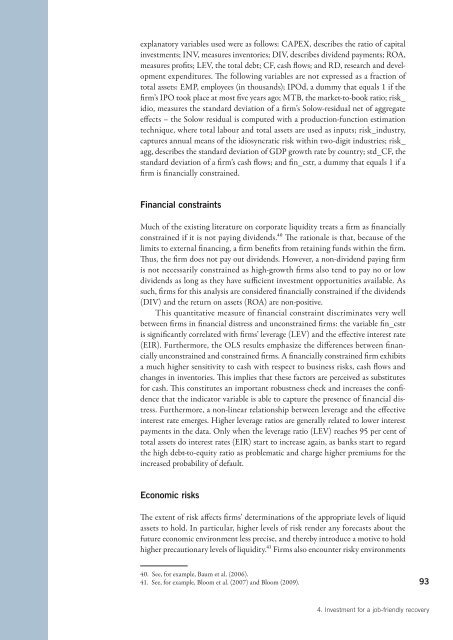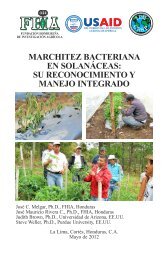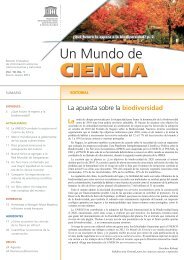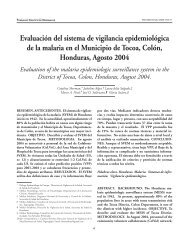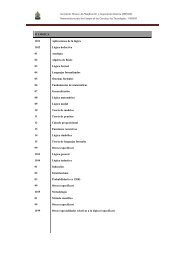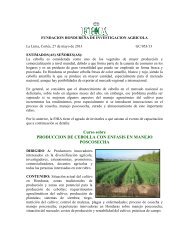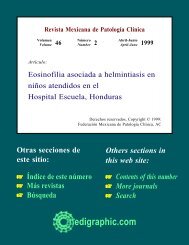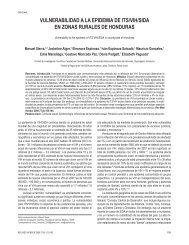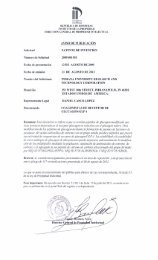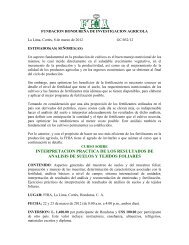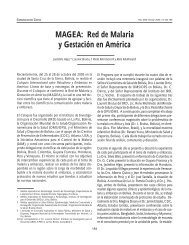World of Work Report 2013 - International Labour Organization
World of Work Report 2013 - International Labour Organization
World of Work Report 2013 - International Labour Organization
You also want an ePaper? Increase the reach of your titles
YUMPU automatically turns print PDFs into web optimized ePapers that Google loves.
explanatory variables used were as follows: CAPEX, describes the ratio <strong>of</strong> capital<br />
investments; INV, measures inventories; DIV, describes dividend payments; ROA,<br />
measures pr<strong>of</strong>its; LEV, the total debt; CF, cash flows; and RD, research and development<br />
expenditures. The following variables are not expressed as a fraction <strong>of</strong><br />
total assets: EMP, employees (in thousands); IPOd, a dummy that equals 1 if the<br />
fi r m’s I P O t o o k p l a c e a t m o sfi t ve years ago; MTB, the market-to-book ratio; risk_<br />
idio, measures the standard deviation <strong>of</strong> a fi rm’s Solow-residual net <strong>of</strong> aggregate<br />
effects – the Solow residual is computed with a production-function estimation<br />
technique, where total labour and total assets are used as inputs; risk_industry,<br />
captures annual means <strong>of</strong> the idiosyncratic risk within two-digit industries; risk_<br />
agg, describes the standard deviation <strong>of</strong> GDP growth rate by country; std_CF, the<br />
standard deviation <strong>of</strong> a fi rm’s cash flows; and fi n_cstr, a dummy that equals 1 if a<br />
fi r m i sfi n a n c i a l l y c o n s t r a i n e d .<br />
Financial constraints<br />
Much <strong>of</strong> the existing literature on corporate liquidity treats a fi rm as fi nancially<br />
constrained if it is not paying dividends.40 The rationale is that, because <strong>of</strong> the<br />
limits to external fi nancing, a firm benefits from retaining funds within the fi rm.<br />
Thus, the fi rm does not pay out dividends. However, a non-dividend paying fi rm<br />
is not necessarily constrained as high-growth fi rms also tend to pay no or low<br />
dividends as long as they have sufficient investment opportunities available. As<br />
such, firms for this analysis are considered fi nancially constrained if the dividends<br />
(DIV) and the return on assets (ROA) are non-positive.<br />
This quantitative measure <strong>of</strong> financial constraint discriminates very well<br />
between fi rms in fi nancial distress and unconstrained fi rms: the variable fi n_cstr<br />
is significantly correlated with fi rms’ leverage (LEV) and the effective interest rate<br />
(EIR). Furthermore, the OLS results emphasize the differences between fi nancially<br />
unconstrained and constrained fi rms. A fi nancially constrained fi rm exhibits<br />
a much higher sensitivity to cash with respect to business risks, cash flows and<br />
changes in inventories. This implies that these factors are perceived as substitutes<br />
for cash. This constitutes an important robustness check and increases the confidence<br />
that the indicator variable is able to capture the presence <strong>of</strong> fi nancial distress.<br />
Furthermore, a non-linear relationship between leverage and the effective<br />
interest rate emerges. Higher leverage ratios are generally related to lower interest<br />
payments in the data. Only when the leverage ratio (LEV) reaches 95 per cent <strong>of</strong><br />
total assets do interest rates (EIR) start to increase again, as banks start to regard<br />
the high debt-to-equity ratio as problematic and charge higher premiums for the<br />
increased probability <strong>of</strong> default.<br />
Economic risks<br />
The extent <strong>of</strong> risk affects fi rms’ determinations <strong>of</strong> the appropriate levels <strong>of</strong> liquid<br />
assets to hold. In particular, higher levels <strong>of</strong> risk render any forecasts about the<br />
future economic environment less precise, and thereby introduce a motive to hold<br />
higher precautionary levels <strong>of</strong> liquidity.41 Firms also encounter risky environments<br />
40. See, for example, Baum et al. (2006).<br />
41. See, for example, Bloom et al. (2007) and Bloom (2009).<br />
93<br />
4. Investment for a job-friendly recovery


